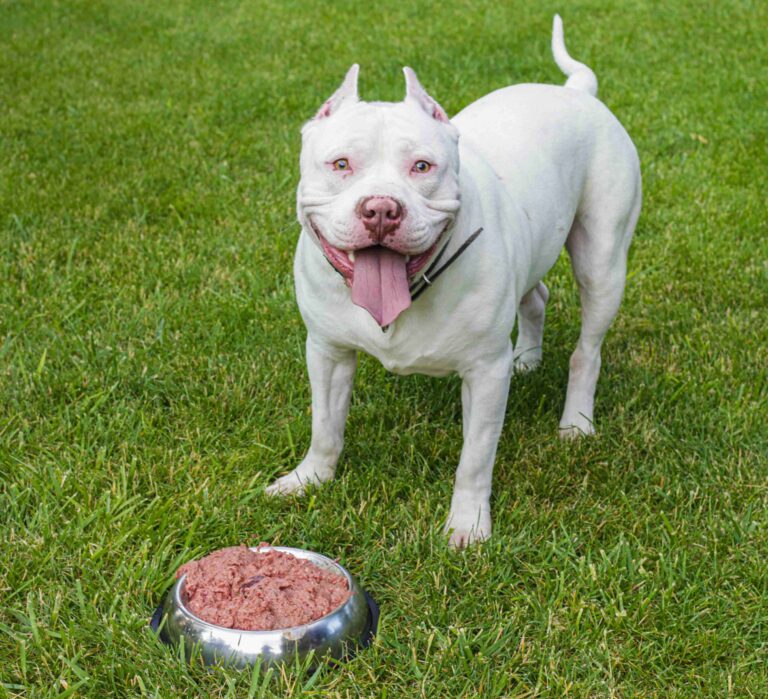Unveiling the Secrets of Dominant Dog Body Language
Dominant Dog Body Language: When your dog is feeling confident and dominant, he or she will have a strong, positive body position.

Understanding your dog’s body language is akin to unlocking a secret communication channel. It’s especially crucial when identifying and managing dominant behaviour, which can significantly impact your relationship with your furry friend and the pack dynamics within your home. This comprehensive guide is designed for dog owners, canine behaviour enthusiasts, and pet trainers who aim to deepen their understanding of dominant dog body language and learn effective management strategies.
Introduction to Dominant Dog Body Language
Dominant behaviour in dogs is often misunderstood and misrepresented. It’s a complex set of behaviours aimed at asserting control or establishing a pecking order within a pack, whether among other dogs or between dogs and humans. Recognizing these behaviours is the first step toward fostering a healthy, balanced relationship with your pet.
Recognizing Dominance in Dogs: Key Behaviors and Cues
Dominant dogs exhibit specific behaviours and body language cues that signal their attempt to assert their position. Some of these include:
- Stiff, upright posture: A dominant dog often stands tall and stiff, trying to appear as large as possible.
- Eye contact: Prolonged and direct eye contact can be a challenge or threat in dog language.
- Resource guarding: Dominant dogs may guard toys, food, or people to assert control over resources.
- Pushy behaviour can include nudging hands for attention or forcing their way through doorways first.
Recognizing these signs early can help prevent escalation and maintain harmony within the pack.
Understanding the Difference Between Dominance and Aggression
It’s vital to differentiate between dominance and aggression. While dominant behaviour is about control and order, aggression is about hostility and can stem from fear, territoriality, or pain. Understanding this difference is crucial in addressing the root cause of the behaviour.
The Impact of Dominance on Pack Dynamics
Dominant behaviour can disrupt pack dynamics, leading to stress, anxiety, and conflicts among pets. It can also challenge your authority as the pack leader, affecting obedience and training efforts.
Strategies for Managing Dominant Behavior in Dogs
Managing dominance involves consistent leadership, setting clear boundaries, and understanding canine psychology. Here are some strategies:
- Establish rules and boundaries: Consistency is vital in reinforcing desired behaviour.
- Practice obedience training: Regular training sessions reinforce your role as the leader and improve communication.
- Control resources: Teach your dog to earn rewards such as food, toys, and attention through obedient behaviour.
Case Studies: Real-life Scenarios and Solutions
We’ll explore several case studies illustrating how understanding and addressing dominant behaviour led to positive outcomes, emphasizing the importance of tailored strategies and consistent leadership.
The Role of Training and Positive Reinforcement
Positive reinforcement and patient training are vital in managing dominant behaviour. Punishment can exacerbate aggression, whereas rewards for submissive behaviours encourage cooperation and respect.
The Importance of Understanding and Addressing Dominant Behavior in Dogs
Recognizing and effectively managing dominant dog behaviour fosters a peaceful, happy coexistence. It’s about leadership, understanding, and mutual respect. By learning about your dog’s body language and behaviour, you’re enhancing your bond and ensuring the well-being of your entire pack.






